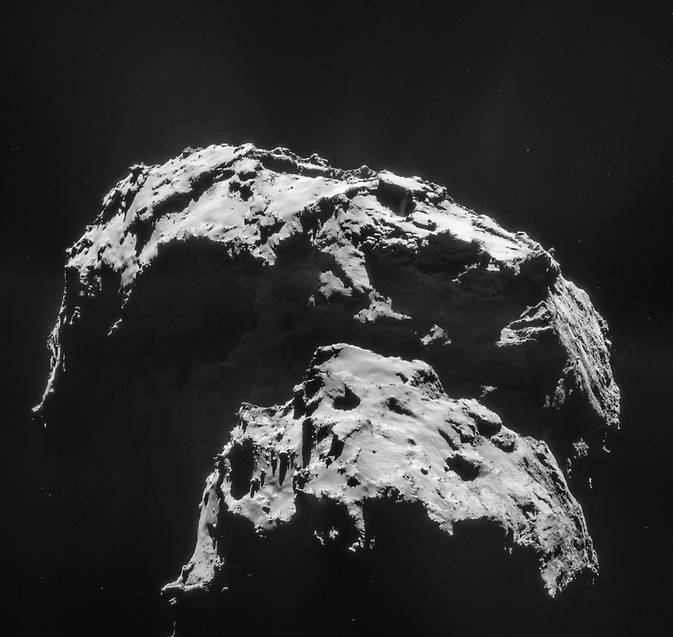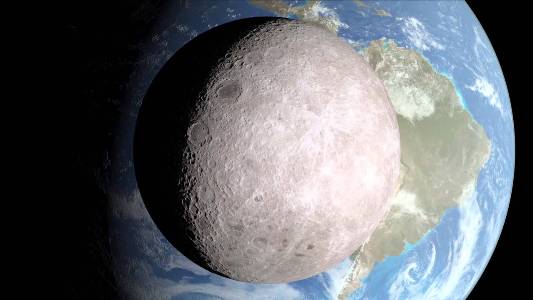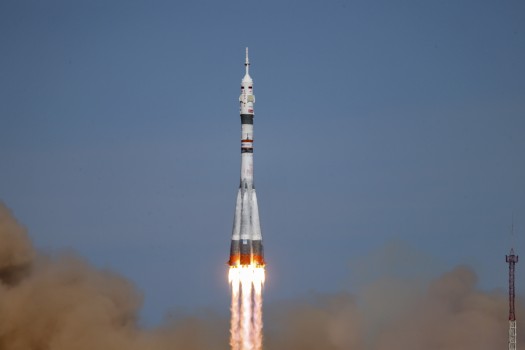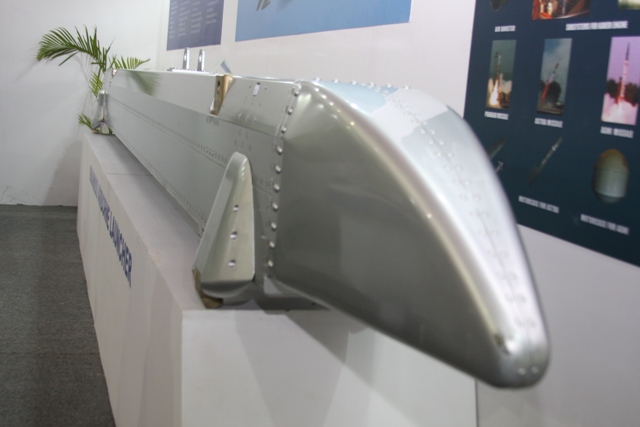
Comet 67P/Churyumov-Gerasimenko is seen here in an image captured by the Rosetta spacecraft. Image Credit: ESA/Rosetta/NAVCAM
WASHINGTON (PTI): A comet is like deep fried ice cream, with its crust made of crystalline ice, while the interior is colder and more porous, according to NASA scientists, including one of Indian-origin.
Using an icebox-like instrument nicknamed Himalaya, the researchers show that fluffy ice on the surface of a comet would crystalise and harden as the comet heads toward the Sun and warms up.
As the water-ice crystals form, becoming denser and more ordered, other molecules containing carbon would be expelled to the comet's surface. The result is a crunchy comet crust sprinkled with organic dust.
"A comet is like deep fried ice cream," said Murthy Gudipati of NASA's Jet Propulsion Laboratory in Pasadena, California, corresponding author of the study in The Journal of Physical Chemistry.
"The crust is made of crystalline ice, while the interior is colder and more porous. The organics are like a final layer of chocolate on top," he said.
In the new study, researchers put together a model of crystallising comet crust. The experiments began with amorphous, or porous, ice - the proposed composition of the chilliest of comets and icy moons. In this state, water vapour molecules are flash - frozen at extremely cold temperatures of around minus 243 degrees Celsius.
Disorderly states are preserved: Water molecules are haphazardly mixed with other molecules, such as the organics, and remain frozen in that state. Amorphous ice is like cotton candy, explained Gudipati: light and fluffy and filled with pockets of space.
Gudipati and colleagues used their Himalaya cryostat instrument to slowly warm their amorphous ice mixtures from minus 243 degrees Celsius to minus 123 degrees Celsius, mimicking conditions a comet would experience as it journeys toward the Sun.
The ice had been infused with a type of organics, called polycyclic aromatic hydrocarbons, or PAHs, which are seen everywhere in deep space.
"The PAHs stuck together and were expelled from the ice host as it crystallised," said lead study author Antti Lignell, at the California Institute of Technology in Pasadena, who formerly worked with Gudipati at JPL.
"This may be the first observation of molecules clustering together due to a phase transition of ice, and this certainly has many important consequences for the chemistry and physics of ice," said Lignell.
With PAHs kicked out of the ice mixtures, the water molecules had room to link up and form the more tightly packed structures of crystalline ice.
"What we saw in the lab - a crystalline comet crust with organics on top - matches what has been suggested from observations in space," said Gudipati.
"Deep fried ice cream is really the perfect analogy, because the interior of the comets should still be very cold and contain the more porous, amorphous ice," he said.
 Previous Article
Previous Article Next Article
Next Article












The Indian Air Force, in its flight trials evaluation report submitted before the Defence Ministry l..
view articleAn insight into the Medium Multi-Role Combat Aircraft competition...
view articleSky enthusiasts can now spot the International Space Station (ISS) commanded by Indian-American astr..
view article